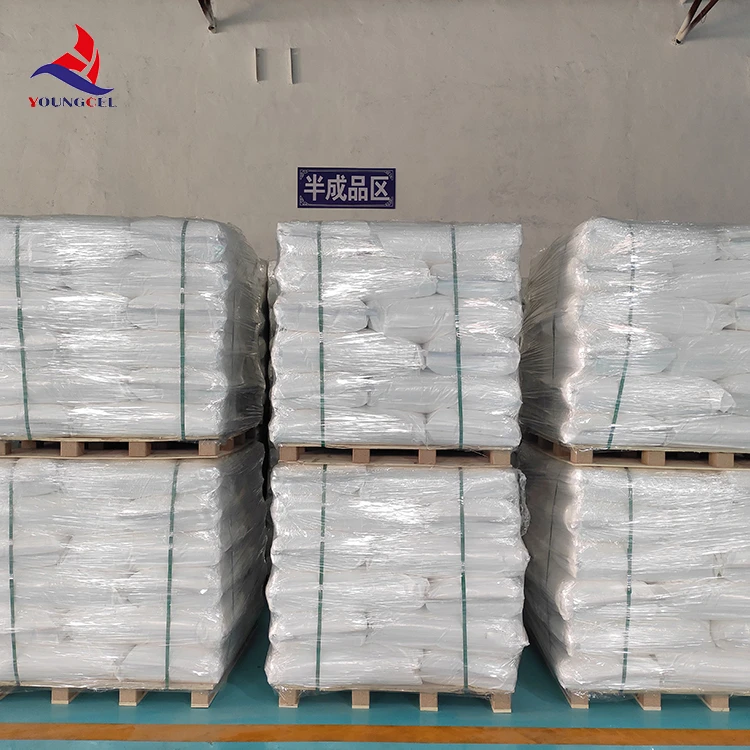The Evolution and Importance of Construction Adhesives
In the realm of construction, adhesive technology plays a pivotal role in ensuring structural integrity and durability. Construction adhesives, in particular, have evolved significantly over the years, becoming indispensable tools for various applications across the building industry. These adhesives, comprising a vast array of formulations, serve to bond materials such as wood, metal, concrete, ceramics, and plastics, thereby revolutionizing traditional construction methods.
The Basics of Construction Adhesives
At its core, construction adhesive is a type of adhesive specifically designed to bond construction materials. Unlike regular glues, construction adhesives offer superior strength and durability, making them suitable for heavy-duty applications. The composition of these adhesives can vary widely, from solvent-based formulations to water-based systems, each with its unique properties and applications.
Types of Construction Adhesives
The market showcases a diverse range of construction adhesives, each tailored for specific applications. Some of the most common types include
1. Polyurethane Adhesives Renowned for their versatility and strong bonding properties, polyurethane adhesives work effectively on various substrates. They are particularly useful in outdoor applications because they resist moisture and temperature fluctuations.
2. Epoxy Adhesives These adhesives provide exceptional strength and heat resistance, making them suitable for demanding applications. Epoxies are commonly used in bonding metal components or repairing concrete structures.
3. Acrylic Adhesives Fast-setting and weather-resistant, acrylic adhesives are ideal for both indoor and outdoor applications. Their clarity and low odor make them suitable for finishes where aesthetics matter.
4. Silicone Adhesives Primarily used for sealing and bonding in areas exposed to moisture, silicone adhesives remain flexible after curing, which allows for movement without compromising the bond.
construction adhesive

The Role of Construction Adhesives in Modern Building
In modern construction, the capabilities of construction adhesives extend beyond simple bonding
. They contribute to the overall efficiency of projects, enabling quicker assembly times and reducing the need for mechanical fasteners. This not only streamlines the construction process but also lowers labor costs.Additionally, construction adhesives have enhanced design possibilities. Architects and builders can create innovative structures that were once deemed impractical. For instance, the use of adhesive bonding in glass facades allows for high-rise buildings with stunning visual appeal, while reducing the weight and bulk associated with traditional supports.
Environmental Considerations and Innovations
As the construction industry increasingly focuses on sustainability, construction adhesive manufacturers are innovating to develop eco-friendly products. Low VOC (volatile organic compounds) adhesives are gaining traction, minimizing environmental impact while maintaining performance standards. Manufacturers are also exploring bio-based adhesives derived from renewable resources, aligning with the growing demand for sustainable construction practices.
Challenges and Best Practices
Despite the numerous advantages of construction adhesives, there are challenges that professionals must consider. Surface preparation is crucial for ensuring optimal adhesion; contaminants such as dust, grease, or moisture can compromise bond strength. Proper application techniques, including temperature control and curing times, are essential to ensure long-lasting results.
Moreover, it is vital to choose the right adhesive for the specific materials and conditions of the project. Consulting technical data sheets and manufacturer recommendations can guide builders in making informed decisions.
Conclusion
The evolution of construction adhesives has transformed the landscape of the building industry. As a versatile and efficient bonding solution, they facilitate innovative designs, promote sustainability, and enhance construction practices. With ongoing advancements in adhesive technology, the future of construction adhesives looks promising, and their importance in the industry is likely to continue growing. For builders, architects, and construction professionals, understanding and leveraging the potential of construction adhesives is key to achieving successful outcomes in modern construction projects.
-
Rdp Powder: Key Considerations for Wholesalers in the Building Materials IndustryNewsJul.08,2025
-
Key Considerations for Wholesalers: Navigating the World of Hpmc - Based ProductsNewsJul.08,2025
-
Hpmc Detergent: Key Considerations for WholesalersNewsJul.08,2025
-
Key Considerations for Wholesalers: China Hpmc For Tile Adhesive, Coating Additives, Concrete Additives, and MoreNewsJul.08,2025
-
Crucial Considerations for Wholesalers: Navigating the World of Construction MaterialsNewsJul.08,2025
-
Key Considerations for Wholesalers Sourcing Additive For Cement, Additive For Concrete, Additive For Putty from Additive Manufacturer Shijiazhuang Gaocheng District Yongfeng Cellulose Co., Ltd.NewsJul.08,2025




